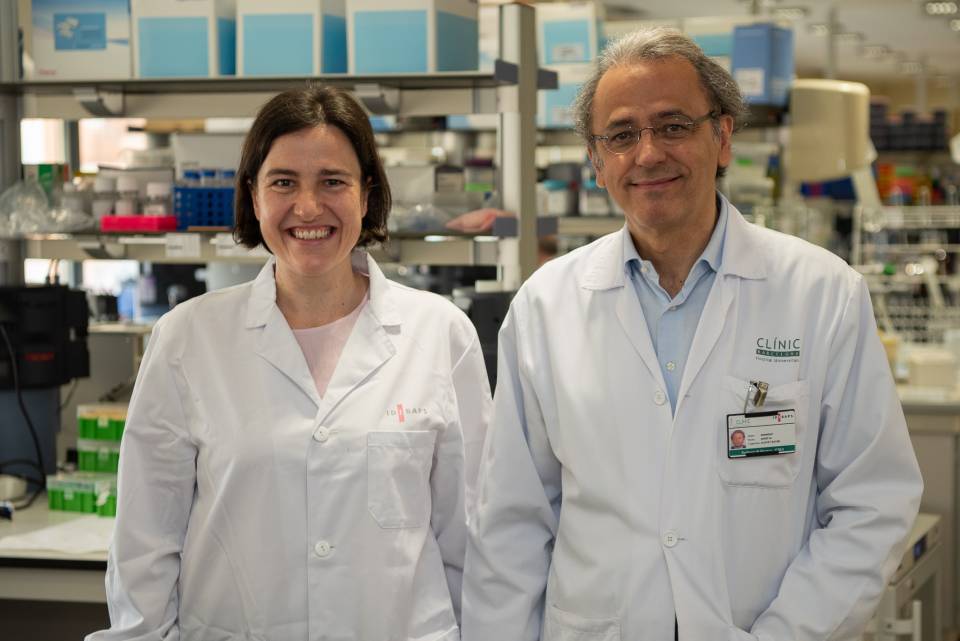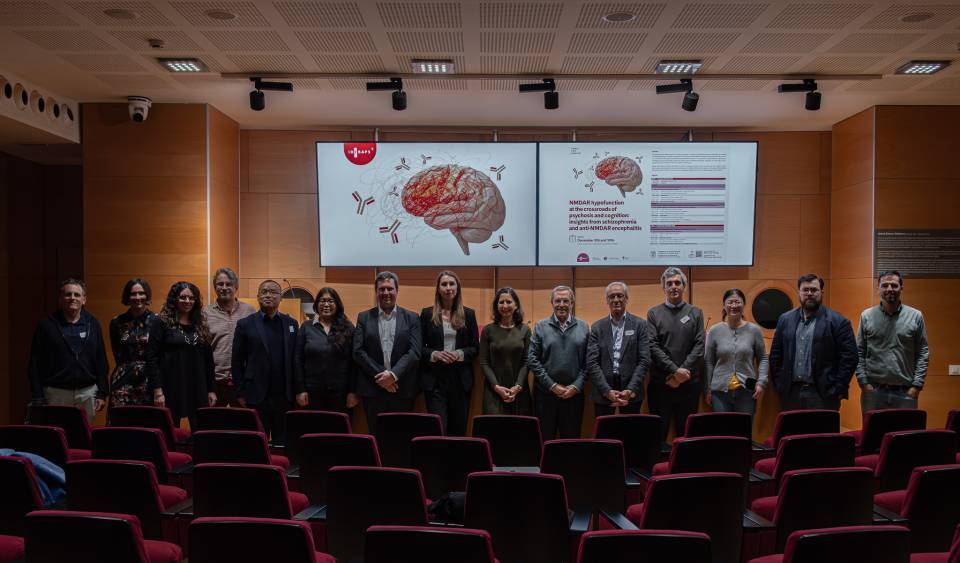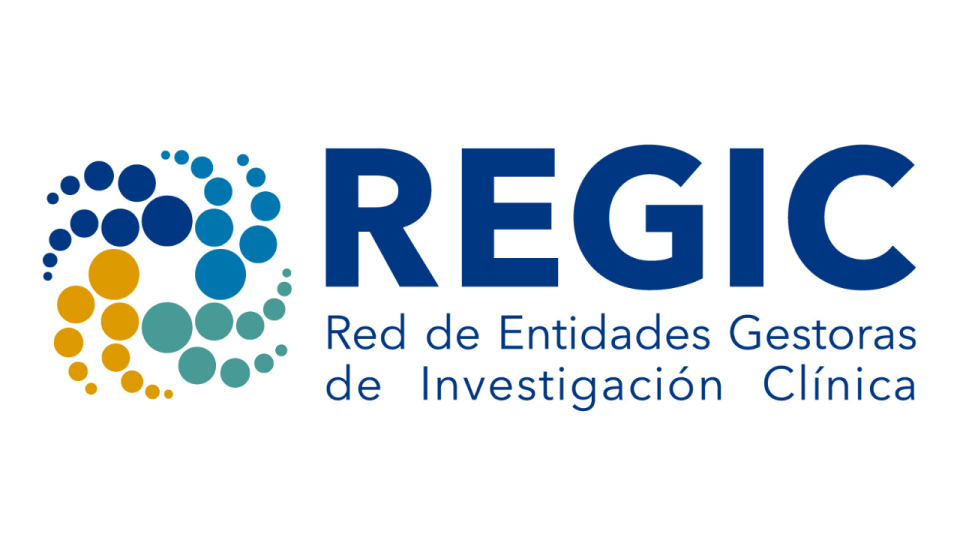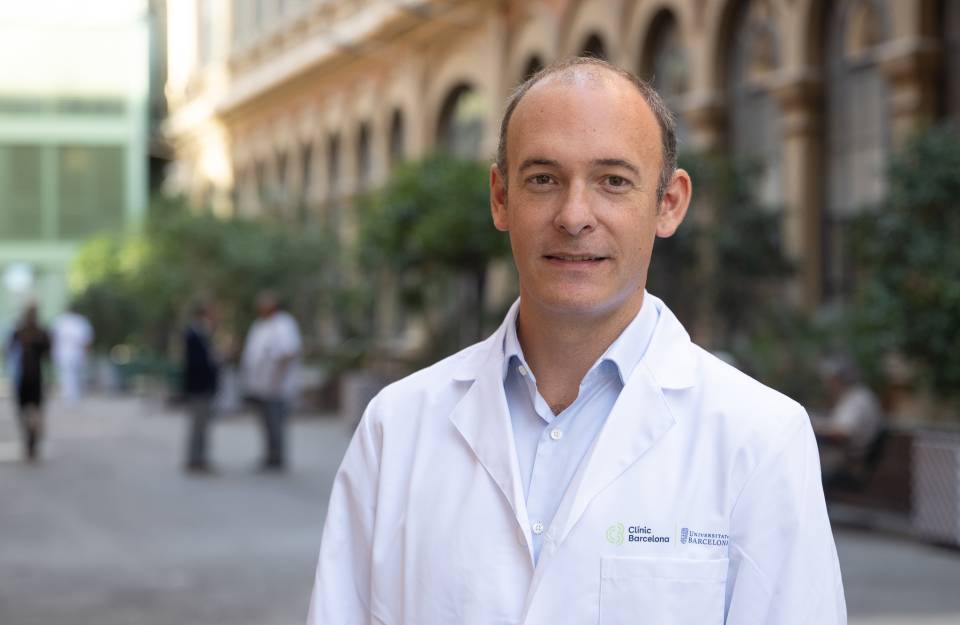In the study published in Journal of Hepatology they found that this type of liver cancer has unique molecular characteristics and have identified a number of mutations, known as the mutational signature, which was unknown until now.
Josep M. Llovet, UB Chair of Hepatic Oncology-Medicine, ICREA professor at IDIBAPS, where he is director of the Translational research in hepatic oncology group and director of the Liver Cancer Program at the Icahn School of Medicine at Mount Sinai, New York, was the study coordinator. Roser Pinyol and Sara Torrecilla, researchers from the same group, are the lead authors of the study.
Liver cancer is still a challenge in health care and is the fourth cause of death from cancer in the world; it is estimated that there will be more than a million cases by 2025. Hepatocellular carcinoma is the most common type and represents 90% of all diagnosed cases.
Infection with the hepatitis B or C viruses are the main risk factor for HCC, although nonalcoholic steatohepatitis, known as fatty liver disease, associated with metabolic syndrome or diabetes, is becoming a major trigger of the disease. “The molecular characteristics of HCC associated with nonalcoholic steatohepatitis are not fully understood, unlike when the origin of the cancer is viral. Given the increase in this etiology, it is important to understand the differences that may exist with other causes in order to establish the best therapeutic approach in each case”, says Josep M. Llovet.
For the study, the researchers used sequencing techniques to analyze samples of 80 tumors from patients with HCC caused by nonalcoholic steatohepatitis and compared them with samples from 125 patients with fatty liver disease. This sequencing revealed the tumor’s most common mutations. “The study showed that, in a specific gene, ACVR2A, which is linked to tumor suppression, the rate of mutations in HCC derived from fatty liver disease was significantly higher than that found in HCC with other etiologies”, explains Roser Pinyol.
When comparing the samples of HCC derived from fatty liver disease with samples of HCC with a different origin, the researchers found a mutational signature that was unknown to date. “This signature was only associated with HCC caused by nonalcoholic steatohepatitis: in fact, it was detected in 16% of tumors with NASH as the origin and in only 2% of samples with other etiologies, which indicates a specific pathogenic mechanism”, says Sara Torrecilla.
The study also revealed that HCC caused by nonalcoholic steatohepatitis has a genetic signature associated with the metabolism of fatty acids and bile acids, and with oxidative stress and inflammation, when compared with other types of HCC.
“The goal now is to prepare a more thorough immune characterization of these tumors originating in nonalcoholic steatohepatitis in order to understand the mechanism that causes patients with this tumor etiology to have a worse response to immunotherapy using immune checkpoint inhibitors compared to patients with HCC of viral origin”, explains Josep M. Llovet, who adds that “this research lays the foundations for performing studies to trial treatments to improve survival in patients with HCC originating in fatty liver disease”.
Study reference:
Pinyol R, Torrecilla S, Wang H, Montironi C, Piqué-Gili M, Torres-Martín M, Wei-Qiang L, Willoughby CE, Ramadori P, Andreu-Oller C, Taik P, Lee YA, Moeini A, Peix J, Faure-Dupuy S, Riedl T, Schuehle S, Oliveira CP, Alves VA, Boffetta P, Lachenmayer A, Roessler S, Mínguez B, Schirmacher P, Dufour JF, Thung SN, Reeves HL, Carrilho FJ, Chang C, Uzilov AV, Heikenwalder M, Sanyal A, Friedman SL, Sia D, Llovet JM.
J Hepatol. 2021 May 13:S0168-8278(21)00326-3. doi: 10.1016/j.jhep.2021.04.049.




